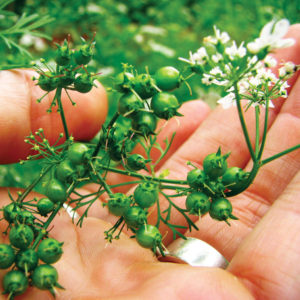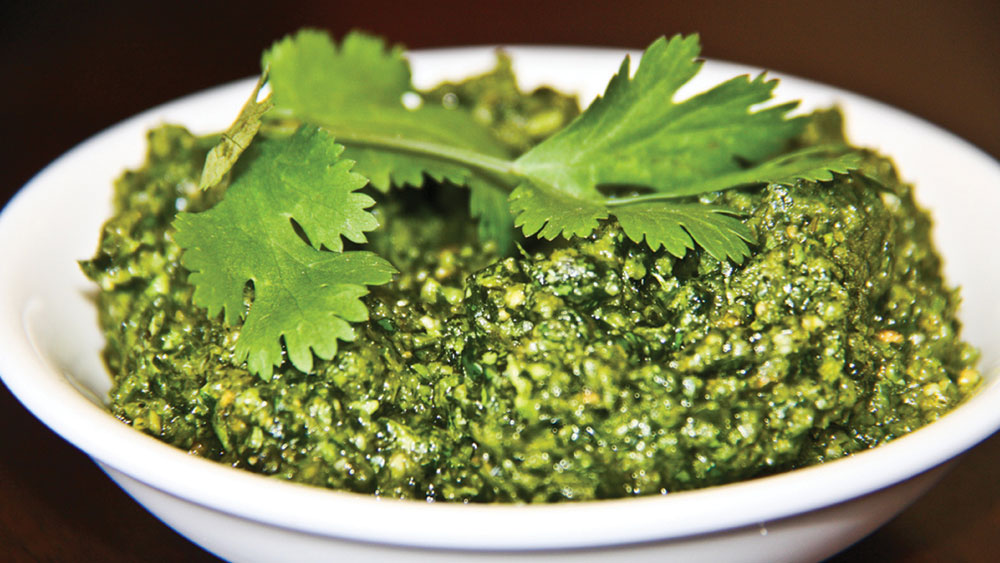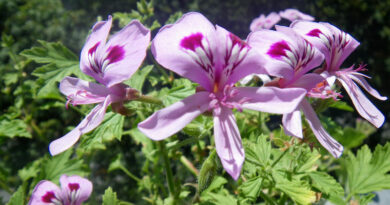Cilantro Pesto
Cilantro Pesto

Here’s a novel twist on your favourite pesto recipe and a good way to use some of the cilantro growing in your garden.
1 clove of garlic
1/2 cup pine nuts or chopped almonds
1 cup fresh cilantro leaves, packed
2 tbsp lemon juice
6 tbsp extra virgin olive oil or Canola oil
Salt and pepper to taste
Process the cilantro and olive oil in a blender (add some water or a bit more oil if it gets too thick). Add remaining ingredients and blend to a thick paste, which can be frozen. You can add other nuts and spices to suit your taste.
Serve with fish or pasta, as a finish for soups or over a bed of cream cheese with crackers or as a dip with tortilla chips.
More about cilantro

Cilantro comes from the leaves of the coriander plant (coriandrun sativum). It is a member of the carrot family and is related Italian (flat leaf) parsley.
It is said to remove heavy metals such as mercury and zinc, from the body. (You need to use about one teaspoon a day.)
Cilantro is generally used as a garnish, in salsas, curries, soups and in dishes such as guacamole.
The seeds of cilantro are known as coriander and taste nothing like the mother plant, having a slightly sweet, nutty flavour. In some countries, they are used as a breath freshener after eating garlic. Use coriander seeds in baked goods and in soups, casseroles and in sausages.
Sow seeds directly in the garden or grow in containers. Protect from midday sun to delay bolting (about 45 days from planting to bolting).



